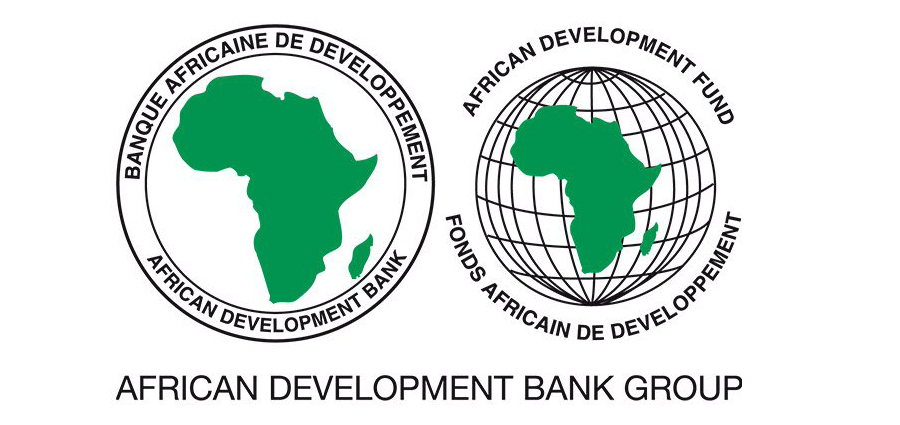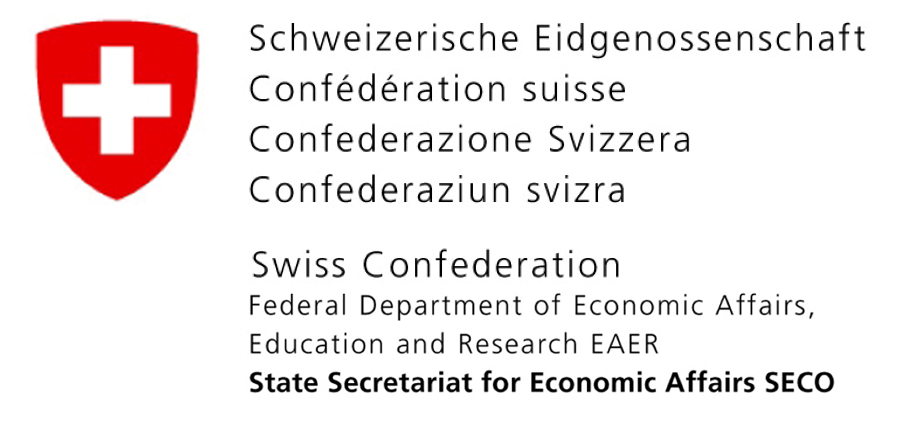Improving Road Safety for Freight Transport on the Central Corridor
The 2,000 kilometer-long trade facilitation route originating from the port of Dar es Salaam and serving Eastern Africa’s landlocked countries - Rwanda, Burundi, Uganda and the Democratic Republic of Congo - was selected for a road safety activity along the Central Corridor. The development of freight transport along corridors has led to a sharp increase of road accidents due to inadequate safety measures. February 2012 saw the launch of a 15-month road safety study on the Central Corridor carried out by Transaid, a UK-based non-profit organization whose goal is to reduce poverty and improve livelihoods across Africa by creating better transport solutions.
Based on the challenges identified, the specific objectives of the study were to:
- improve the professional qualifications of the truck drivers
- promote the dissemination of good practices among road transporters
- minimize road hazards at the borders between Tanzania, Rwanda and Burundi
- prepare the replication of the TOTAL/World Bank Corridor road safety initiative
During the first six months of the study, the following activities were carried out:
Improving qualifications
To improve the qualifications of drivers, a training curriculum for heavy goods vehicle drivers has been proposed through the National Institute of Transport (NIT). This is in response to the fact that, in Tanzania for example, where most of the freight originates and a large number of commercial freight vehicles are registered, no recognized standard is available for the training of this category of driver. The desired outcome is to deliver drivers who observe good road safety practices voluntarily thereby contributing to sustained and improved trade performance along the Corridor.
Legislation reviews
A review of existing road safety legislation in Rwanda, Burundi and Tanzania has been undertaken, with a view to encouraging harmonization of standards amongst the countries that make up the East African Community. Recommendations centre on an East Africa-wide approach to improved crash date collection, driving licence requirements, vehicle registration, licensing and testing, in addition to harmonized insurance requirements, police intelligence, and traffic law violation databases.
Diagnostic Workshops in Tanzania and Burundi
To date, four diagnostic workshops have already been held - three in Tanzania and one in Burundi. The workshops have enabled the project team to meet some game changing stakeholders, who have provided invaluable insights into the road safety challenges and the solutions they would like to see prioritized in each of their respective countries. As part of the study stakeholder engagements, the Central Corridor Transit Transport Facilitation Agency (CCTTFA) held its first ever behavior and attitude change training workshop for 100 commercial freight drivers.
"Heavy good vehicle drivers are often regarded as villains of unsafe roads, while they are often also the victims”, explains Central Corridor Agency Executive Secretary, Rukia Shamte. “So, in addition to gaining their views on the causes of road crashes along the Corridor, we thought it important to introduce them to the first part of an award winning behavior change program which aims to change attitudes to safety on our roads.”
Border crossings review
The current conditions associated with crossing the border between Tanzania and Rwanda (Rusumo) and Tanzania/Burundi (Kabanga/Kobero) have been thoroughly inspected and reviewed in order to establish their potential contribution to the poor safety record of the Central Corridor. To this end, initial findings, based on the project team’s observation of traffic flows at both border crossings, conversations with border personnel and existing data, suggests that change of driving side is not the main cause of crashes but that a range of problems lie further along the entire Corridor. The project team however, in the last 6-month progress report, put forward 21 recommendations covering issues such as signage, speed, and barriers proposed enhancements to the One Stop Border Post (OSBP) designs and the need to gather more accurate crash data.
Driving side awareness
For example, in the case of a border crossing, it is necessary to ensure that drivers are aware of the change in driving side and drive on the correct side of the road throughout the remainder of their journey. Road infrastructure changes need to address the risk that a driver may drive on the wrong side of the road through a lapse in concentration.
Crash causations
Also during the project drives along the Central Corridor a number of crashed vehicles were seen. The majority of these were within Tanzania and involved Tanzanian vehicles. Most were single commercial vehicles overturned at the side of the road, many of which appeared to have been there for some time. In many cases these were on straight stretches of road with no obvious reasons for collision. These kinds of crashes are consistent with causation factors such as tiredness and inattention and sightings of them may indicate that these are more pertinent issues than changes in driving side.
Harmonised speed limits
A further recommendation is that speed limits be harmonized across the member states of the EAC to 100 km/hr for rural areas, 50km/hr for urban roads and 30 km/hr for school and residential areas. And that these are consistently placed throughout the Corridor.
Vulnerable road users
They form a key part of traffic mix on the Corridor, it is recommended that the key elements to consider for improving conditions for pedestrians and cyclists relate primarily to the quality and condition of the sealed shoulders. The preferred solution is to provide an increased width of corridor that accommodates both motorized and non-motorized traffic.







